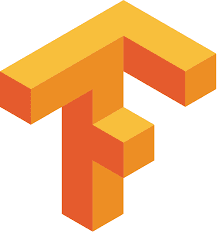Trade bot
Developed a comprehensive day trading bot aimed at achieving a Annually return rate of 17% by leveraging machine learning, advanced trading strategies

Role
Developer
Team size
1
Platform
Web
Tools
Python, VSC
Project type
Trading/ Passion Project
Year
2024
Project length
On going
Goal
The overall aim is to create a reliable, adaptive, and high-performance trading bot that not only generates consistent profits but also improves over time through continuous learning and optimization.
Outcome
The bot successfully demonstrated the ability to generate positive returns through backtesting and live trading simulations. Consistently produced returns within the 5% to 10% range during simulated runs, indicating potential for further optimization.
Technology Stack

Alpaca
Integrated for real-time market data and trade execution in both paper trading and live environments.

Tensorflow
Implemented machine learning models (e.g., neural networks, LSTM) for predicting stock price movements.

Python
Core programming language for the bot’s development.
Strategy Implementation
Trend Following: The bot identified market trends and traded in the direction of those trends.
Mean Reversion: The bot executed trades based on the assumption that prices would revert to their mean.
Scalping and Swing Trading: Short-term and medium-term strategies were used to capture quick profits.
Example

Machine Learning Integration
-TensorFlow’s Keras API was used to train a neural network on historical data to predict future price movements.
-The model was continuously retrained with new data, enabling the bot to adapt to market changes.
Example

Data Collection and Preprocessing
• Historical price and volume data were fetched using the Alpaca API.
• Data preprocessing involved calculating key technical indicators:
-Moving Averages (short and long)
-Volume Weighted Average Price (VWAP)
-Relative Strength Index (RSI)
-Bollinger Bands
Example

Risk Management
-Leverage Usage: The bot used leverage up to 5x to amplify potential returns.
-Stop-Loss and Take-Profit: Implemented dynamic stop-loss (15%-20%) and take-profit (25%-50%) levels to manage risk.
Example
